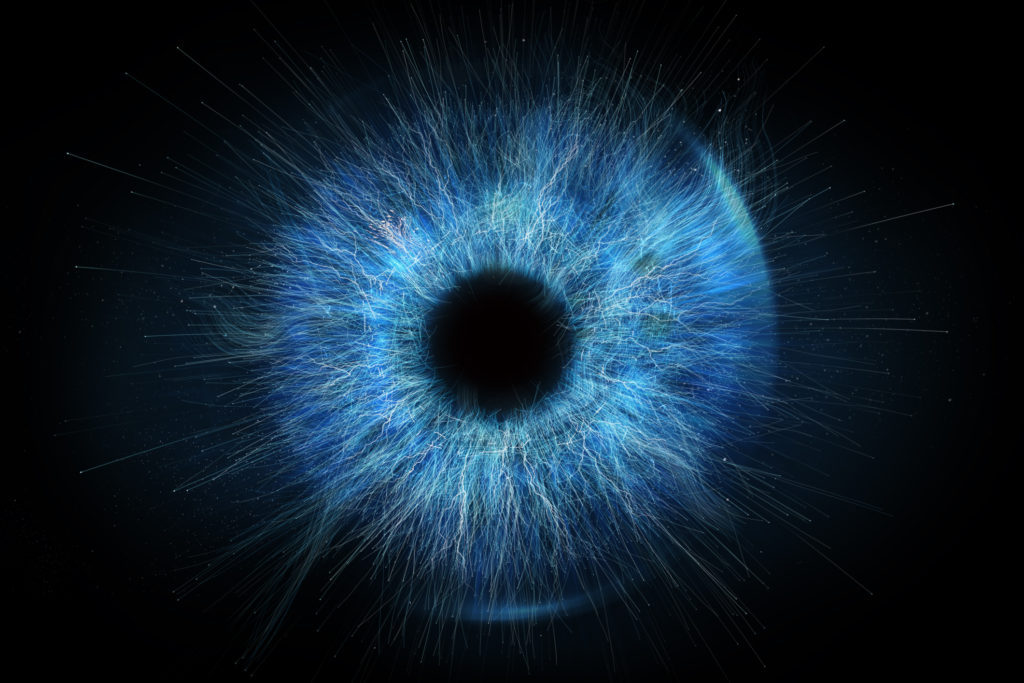Refractive surgery, a surgical procedure is done on the eyes that correct visual defects, is designed to permanently change the shape of the cornea so that light can properly focus on the retina. Many people are familiar with or have heard of LASIK surgery, which is a form of refractive surgery. At Pacific Vision, our laser eye surgery specialists also offer other refractive
surgery methods including PTK and PRK. What are PTK and PRK, and what is the difference between them?
PTK–smoothing the cornea surface
PTK, or Phototherapeutic Keratectomy, is a laser eye procedure designed to remove cloudiness from your cornea and also for other corneal treatments, such as epithelial basement membrane dystrophy, for example. The cornea is the clear covering in front of your iris. It bends light rays so that they focus on your retina. If the cornea is cloudy, it can change the way that light rays are focused on the retina and causes blurry vision.
During a PTK procedure, a laser is used to evaporate areas of cloudiness or roughness along with your cornea, reducing or getting rid of these imperfections. This is a sophisticated way to treat corneal surfaces.

Recovery time after PTK
After PTK, you will need to wear an eye shield for the first day after surgery and apply antibiotic and anti-inflammatory drops. Using the drops will continue for up to eight weeks after surgery. Within the first few days of recovery, you can use a cold pack wrapped in a towel over your eye
brow for 10 to 20 minutes at a time to improve comfort.
Your pain level will decrease within a few days, but you may continue to have tenderness for a few weeks after surgery. It may take about a month for this to disappear.
Within the first two weeks, be sure to allow your eye to heal before engaging in strenuous activity such as exercise, heavy lifting, or cleaning.
PRK–reshaping the cornea
PRK, or Photorefractive Keratectomy, is often called by another name—LASEK, or Advanced Surface Ablation. PRK procedures are performed in order to permanently change the shape of the cornea. This allows you to see and focus better.
During the PRK procedure, the outer layer of your cornea, called the epithelium, is gently removed. The laser is then used to vaporize and correct the surface of the cornea, shaping it so that the
vision is sharper and more focused.
This procedure doesn’t require any incisions.
Recovery time for PRK
You’ll be able to go home the day of surgery with a friend or family member to drive you.
Some pain is expected within the first few hours or days following the procedure. Use anti-inflammatory eye drops and painkillers to ease any discomfort or pain. During this time, be sure not to touch or rub your eyes.
Your eyesight will be blurry or hazy, gradually improving over several weeks to months after PRK. It is important to be patient during the vision recovery, to use preservative-free artificial tears as instructed by your doctor, and to take frequent computer breaks.
Why choose Pacific Vision Institute for PRK or PTK?
If you are living with vision problems or an eye condition or disease, the surgeons at Pacific Vision Institute offer treatments with the latest advances in techniques and technology to resolve even the most complex eye health and vision conditions.
Our state-of-the-art diagnostics and treatments for a wide range of vision problems include custom all-laser LASIK, cataract surgery, PRK/LASIK, ICL (Implantable Collamer Lens), refractive lens exchange, Intacs for corneal reshaping, PTK, and advanced corneal transplant surgeries. Your eyes will be under the care of a team of acclaimed eye surgeons who have contributed to the development of innovations in eye surgery now employed in modern vision correction clinics across the globe.